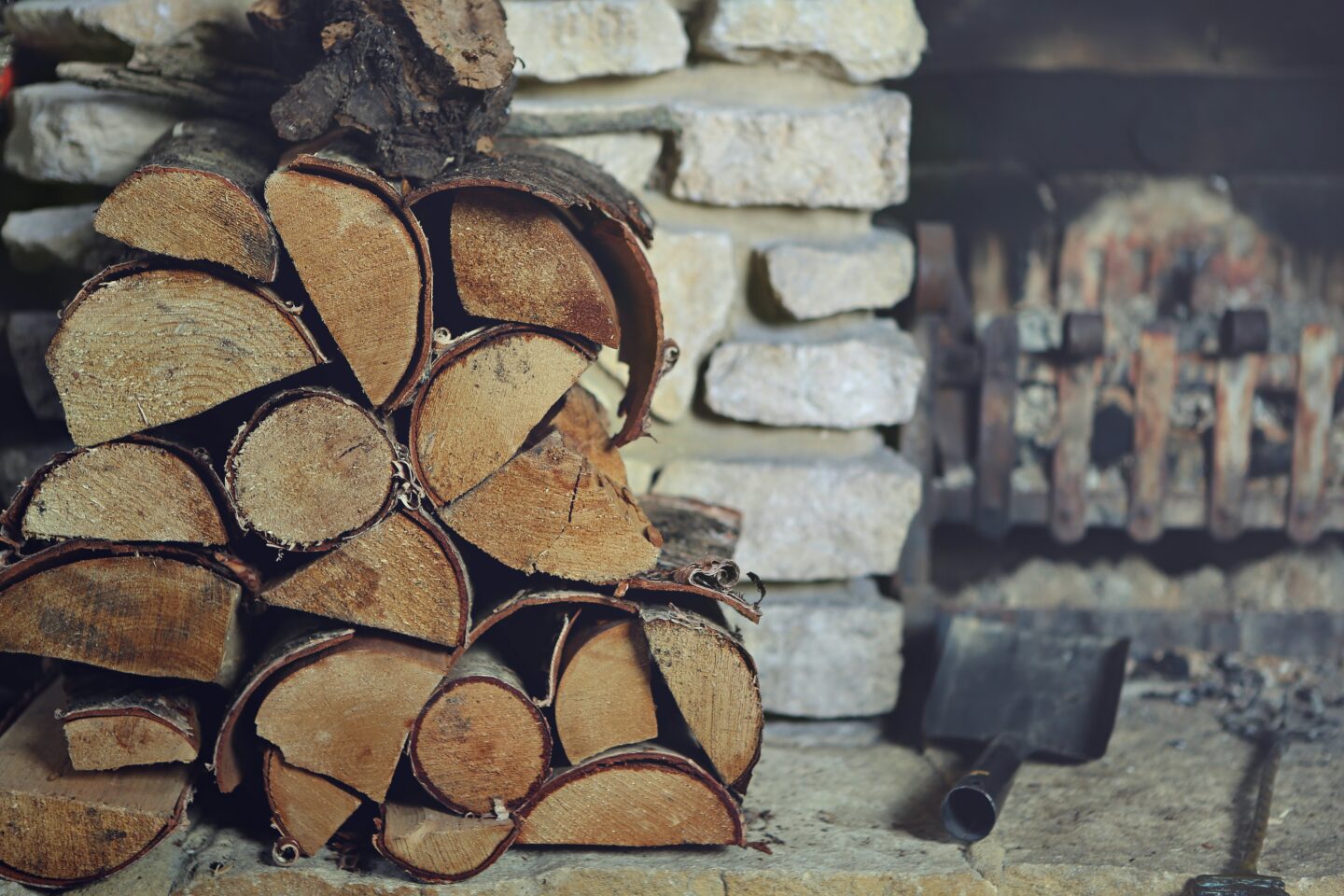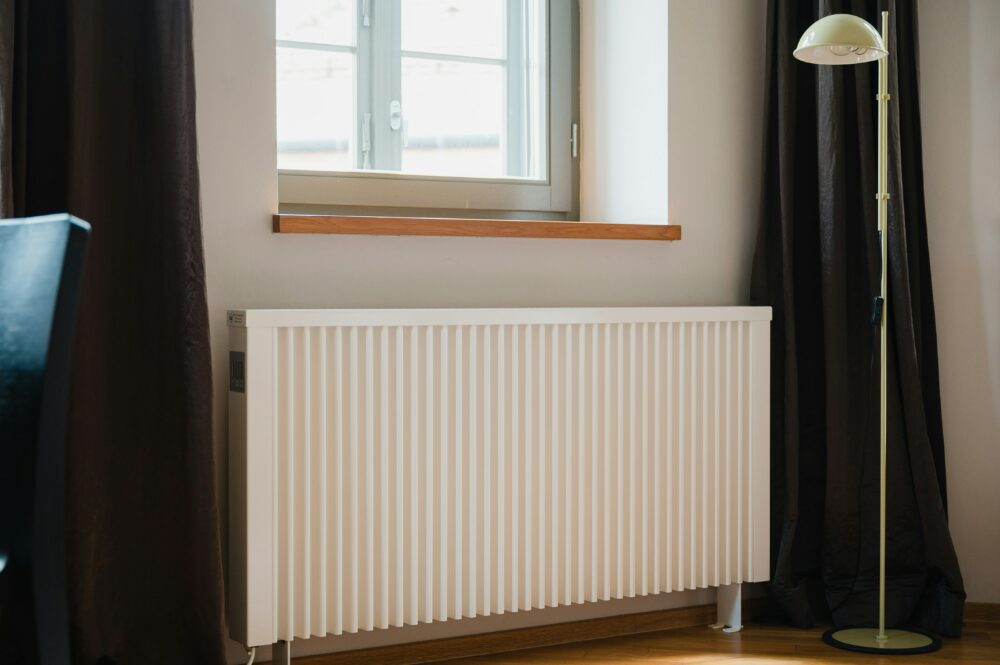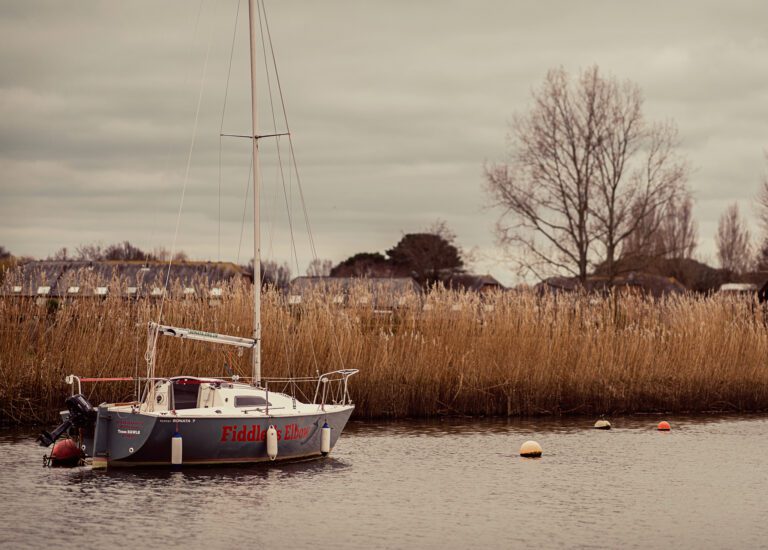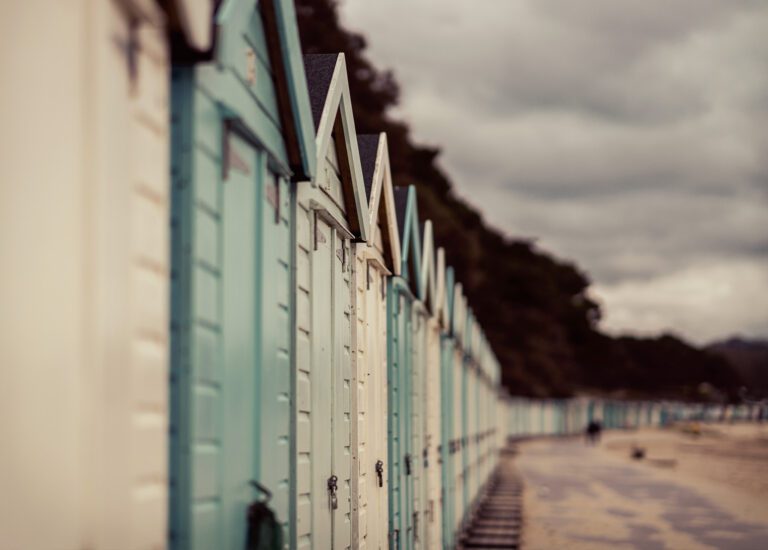From cold draughts to water damage, the colder months can bring various challenges to homeowners. With heating bills also on the rise, it’s crucial to make our homes as energy-efficient as possible. We have compiled some tips on essential home maintenance tasks to help keep your home running efficiently, save money on costly repairs in the future and maintain a cosy atmosphere throughout the winter.
Bleed your
radiators
Before the colder months are upon us, it’s important to check the radiators around your home are working effectively. Bleeding your radiators is a fairly easy DIY task, and should be done once a year. This will ensure all your radiators are omitting consistent heat throughout your home and that no air is trapped inside, causing poor circulation.
Check your home’s
exterior
Wet winter weather can lead to a damp home, which can prove to be a costly issue to address. Check the exterior of your home and make sure that rain is discharging properly from any gutters or downpipes and that any blockages or built-up debris are cleared. Be sure to also check your roof for any damage or missing tiles, as this can lead to water leaking inside your home.

Get your boiler
serviced
An annual boiler service will ensure that your boiler is maintained and in good working condition. A heating engineer will check the health of your boiler and advise on any issues and efficiency measures, ensuring that your boiler is working to the best of its ability. It is best to spot any potential issues before the colder months start so you are not left without heating or hot water. A regular boiler service will also save you the cost of a boiler replacement or larger repair costs, so it is always a good idea to have one done.
Draught-proof
your home
With energy prices rising, draught-proofing your home can be a simple and cost-effective way to improve your home’s ability to retain heat. Unwanted drafts can infiltrate your home through various openings, particularly through gaps and cracks in doors and windows. Self-adhesive window rubber seals, brush strips, and draught excluders for the bottom of doors are all quick and easy solutions to eliminate draughts and seal gaps. Thick curtains can also help keep heat from escaping on darker evenings.



Loft
insulation
Loft insulation is one of the best ways to keep your home warm during the winter and to keep heating costs down. It is estimated that as much as 25% of a property’s heat is lost through the roof! Check your loft insulation is in good condition by looking for any compressed or fallen insulation, leaving bare spots, and that it is at an adequate thickness.
Sorting these issues before the winter months can help avoid heat loss through your home’s roof and keep the cost of bills down.
Install
outdoor lighting
Sufficient outdoor lighting is an essential safety feature for your home during the winter. With the days becoming shorter and darker, outdoor lighting provides clear visibility of your surroundings, helping to prevent any slips and falls on icy surfaces. Be sure to replace any burnt-out bulbs and damaged wiring.
Time to sell
your home?
Now could be the perfect time. Get in touch to discuss the best strategy for finding you a buyer this winter.
Request a valuation









